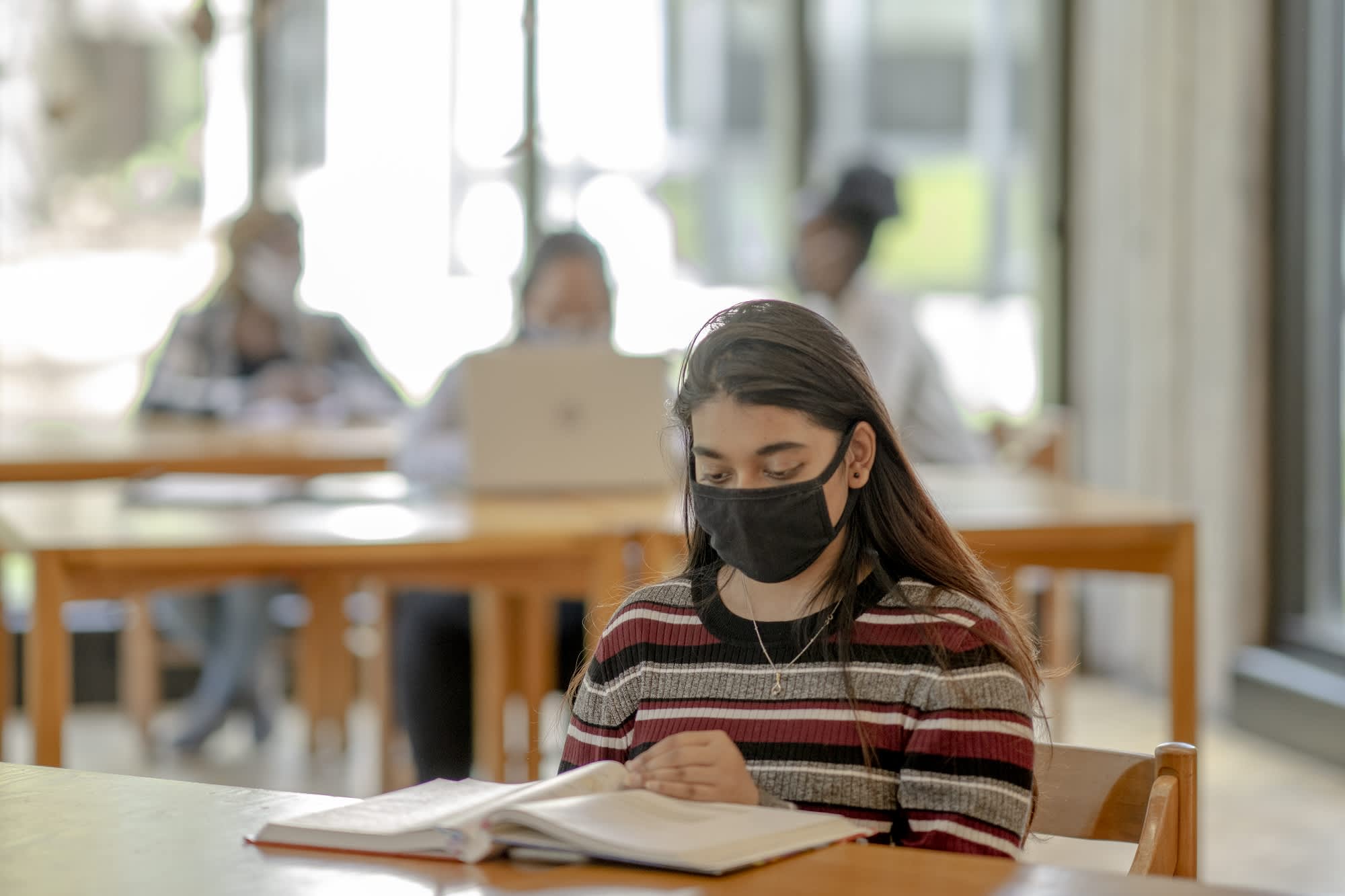Free college could become a reality under a Biden administration

Once president-elect Joe Biden is inaugurated on Jan. 20, free college could finally become a reality.
“With the makeup of this Congress, I am very optimistic that this will be on the agenda,” said Morley Winograd, president and CEO of the Campaign for Free College Tuition. “The only person more passionate about this is first lady Jill Biden.”
On the campaign trail, Biden said he will enact legislation to ensure that students can go to community college for up to two years without having to pay tuition.
Biden also adopted a proposal from Sen. Bernie Sanders, I-Vt., to make public colleges and universities tuition-free for all students whose family incomes are below $125,000 and forgive $10,000 in student debt for all borrowers — thereby slashing the country’s $1.6 trillion outstanding student loan tab.
In fact, 25 states, including Arkansas, Indiana, Minnesota, Montana, Oregon, Rhode Island and Tennessee, already have statewide free community-college programs and even more were expected to follow before the coronavirus pandemic put a severe strain on state and local budgets.
In the state-based programs already in place, students receive a scholarship for the amount of tuition that is not covered by existing state or federal aid.
Most are “last-dollar” scholarships, meaning the program pays for whatever tuition and fees are left after financial aid and other grants are applied.
How soon will your State’s Colleges be tuition free?
Source: Campaign for Free College Tuition
Enrollment at four-year private colleges would fall by about 12%, while enrollment at four-year public universities and community colleges would both rise by roughly 18%, according to a study on the economic impact of making some college tuition free by the Campaign for Free College Tuition and the student-led advocacy group Rise.
“You’ve got a net effect of almost two million more students enrolled in college,” said Robert Shapiro, the lead author of the study and a former economic advisor to President Bill Clinton.
Make it free and they will come.
Robert Shapiro
former economic advisor to Bill Clinton
“Make it free and they will come,” he said.
Graduation rates would also rise, Shapiro found, resulting in an increase in social mobility and higher incomes overall.
“I cannot think of a single policy change that would affect the long-term prospects of as many people as this would.”
More from Personal Finance:
How delaying college may impact your future earnings
Coronavirus slows pace of college tuition increases
Here’s how to get more financial aid
Under Biden’s plan, the federal government would cover 75% of the cost with states contributing the rest.
Over time, “I feel quite confident that ultimately this program will pay for itself,” Shapiro said. “It will raise incomes and also raise underlying productivity which would [in turn] raise incomes and corporate profit.”
“That’s the closest thing to a win-win.”
“It’s very clear, based on the shifts in unemployment, that in order to have a complete and full recovery, we are going to need to expand the educational credentials of the American workforce,” Winograd said.
Not only have millions of American workers lost their jobs since the Covid-19 outbreak and economic crisis that followed, but with rampant unemployment, many families now say they are worried about how they will cover the cost of college, according to a recent report by Discover Student Loans.
More than half said their higher education plans have changed due to the pandemic.
That, in turn, has threatened to destabilize the entire higher-education system.
However, not all experts agree that free college is the best way to combat the college affordability crisis.
Critics say lower-income students, through a combination of existing grants and scholarships, already pay little in tuition to state schools, if anything at all.
Further, the money does not cover fees, books or room and board, which are all costs that lower-income students struggle with, and diverting funds toward free tuition could come at the expense of other operations on campus, including hiring and retaining faculty and administrators.
In addition, community college is already significantly less expensive. At two-year public schools, tuition is $3,770 for the 2020–2021 school year, according to the College Board. Alternatively, at four-year, in-state public schools, tuition is $10,560 and at four-year private universities it averages $37,650.




